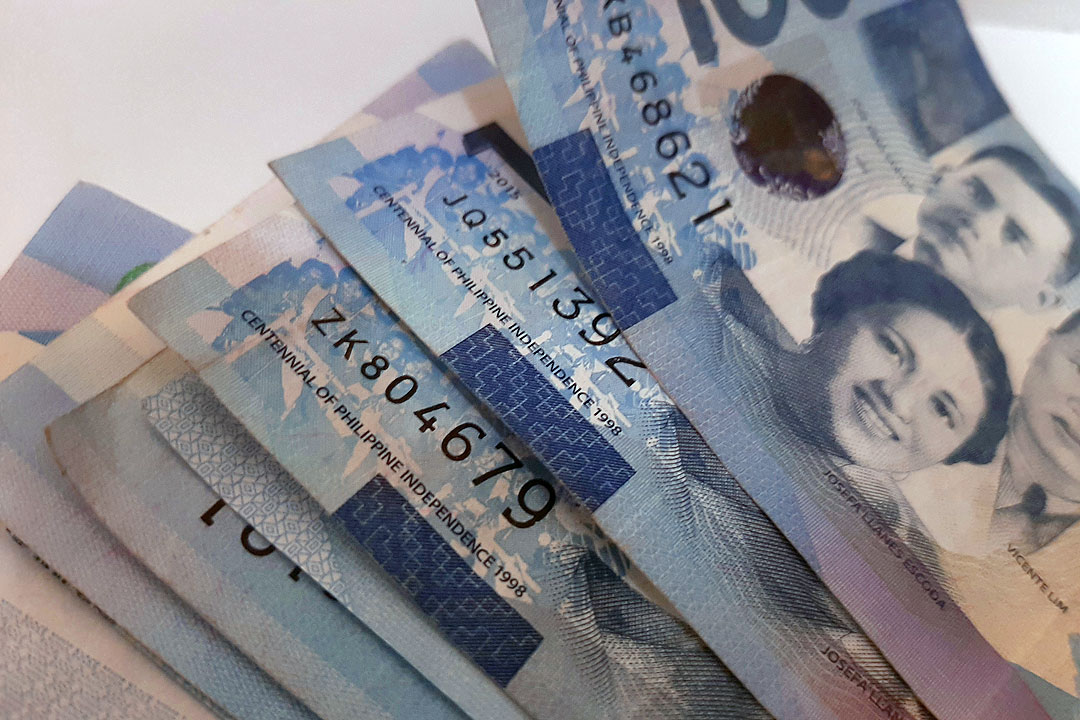BSP seen hiking rates by 75 bps in 2nd half

THE PHILIPPINE central bank is likely to raise its benchmark rate by a total 75 basis points in the second half when the economy is expected to regain its pre-pandemic level, Mitsubishi UFJ Group (MUFG) said.
“We continue to expect policy tightening to materialize in the second half of 2022, but a cumulative 75 basis points (bps) of rate hikes could be done versus our previous estimate of 50 bps,” it said in a note on Monday.
Last month, Bangko Sentral ng Pilipinas (BSP) Governor Benjamin E. Diokno said they would only consider increasing interest rates by the second half.
The Monetary Board on March 24 kept rates steady, saying it would keep supporting recovery until it gains traction. It, however, stressed it would be ready in case there was a need to respond to second-round effects of inflation.
MUFG analyst Sophia Ng said the progress of the Philippines’ economic rebound would determine the timeline of the BSP’s policy normalization.
“The BSP is likely to hike as early as the third quarter because that’s when the economy is expected to return to pre-pandemic levels as well. This would be the most important factor determining the timing of the first rate hike by the BSP,” she said in an e-mail.
She added that the central bank would likely become more aggressive if inflation breaches the 4.3% full-year projection.
“Looking at the current trajectory, the headline consumer price index may exceed 4% as soon as June, which is above the BSP’s inflation target range,” Ms. Ng said.
“As there is scope for oil prices to continue to rise, there are upside risks to the BSP’s inflation outlook. Should supply-side measures fail to rein in inflationary pressures the onus would be on the BSP to do so via the demand side by raising interest rates,” she added.
Inflation in March was likely 4%, according to a median estimate of 18 analysts in a BusinessWorld poll, near the upper end of the central bank’s 3.3-4.1% estimate. This would still be within the 2-4% target but faster than 3% in February. Inflation data is scheduled to be released on April 5.
The Monetary Board’s next rate-setting meeting is on May 19, while its first review in the third quarter is on Aug. 18.
MUFG also warned that the peso might continue to weaken due to risk aversion caused by the policy normalization of the US Federal Reserve.
It noted that the peso has been among the worst-performing Asian currencies in March. The peso last month slumped to its weakest level since October 2018.
On March 7, the peso breached the P52-a-dollar level for the first time during the month, closing at P52.18. Its weakest close in March was P52.475 on March 14.
The peso gradually strengthened to close at P51.74 on March 31, which is 1.45% weaker than its 2021 finish of P50.999.
“With the Philippines likely to record net capital outflows as well due to ongoing risk aversion and upcoming rate hikes by the Fed, the Philippines’ balance of payments is expected to record a deficit in 2022 from 2021’s surplus at 0.2% of gross domestic product, which will put further downward pressure on the peso,” MUFG said.
The Fed started to hike interest rates last month in a widely expected move to quell decades-high inflation in the United States.
Mr. Diokno said the BSP does not need to move in lockstep with the US Federal Reserve, noting that they only take into account external developments as far as they affect growth and the inflation outlook.
The Japanese bank also said the war in Ukraine has propelled demand for the safe-haven dollar.
“This will inevitably lead to larger trade and current account deficits, making the peso more vulnerable to rallies in oil prices as opposed to most other Asia excluding Japan currencies,” MUFG said.
It noted that the BSP’s current account deficit projection of 3.8% of the gross domestic product in 2022, if realized, will be the largest since the 5.3% in 1997 during the Asian Financial Crisis.
Despite the uncertainties caused by the war, MUFG on Friday raised its growth outlook for the Philippines to 6.5% from 6% previously, noting consumer spending amid more relaxed restrictions could boost recovery. However, this remains below the 6-7% target set by the government. — Luz Wendy T. Noble



